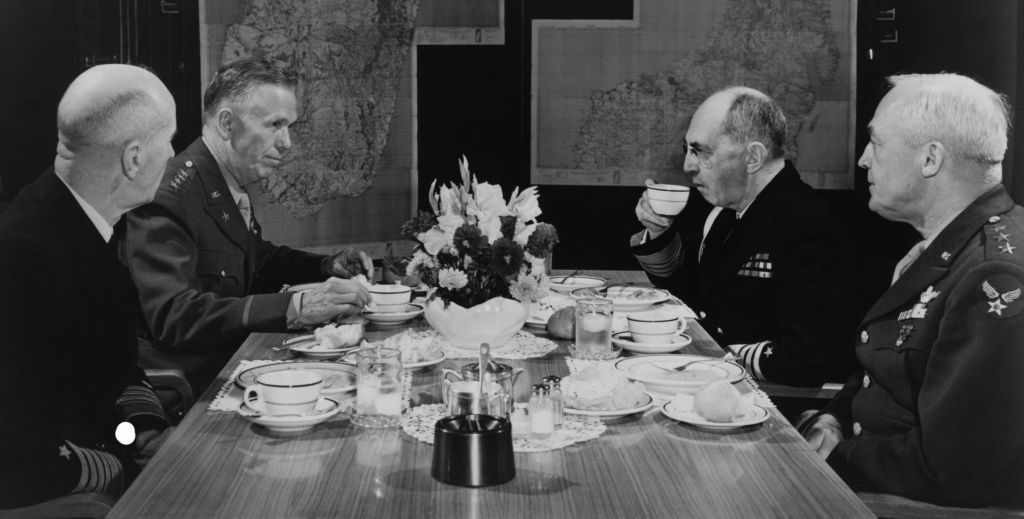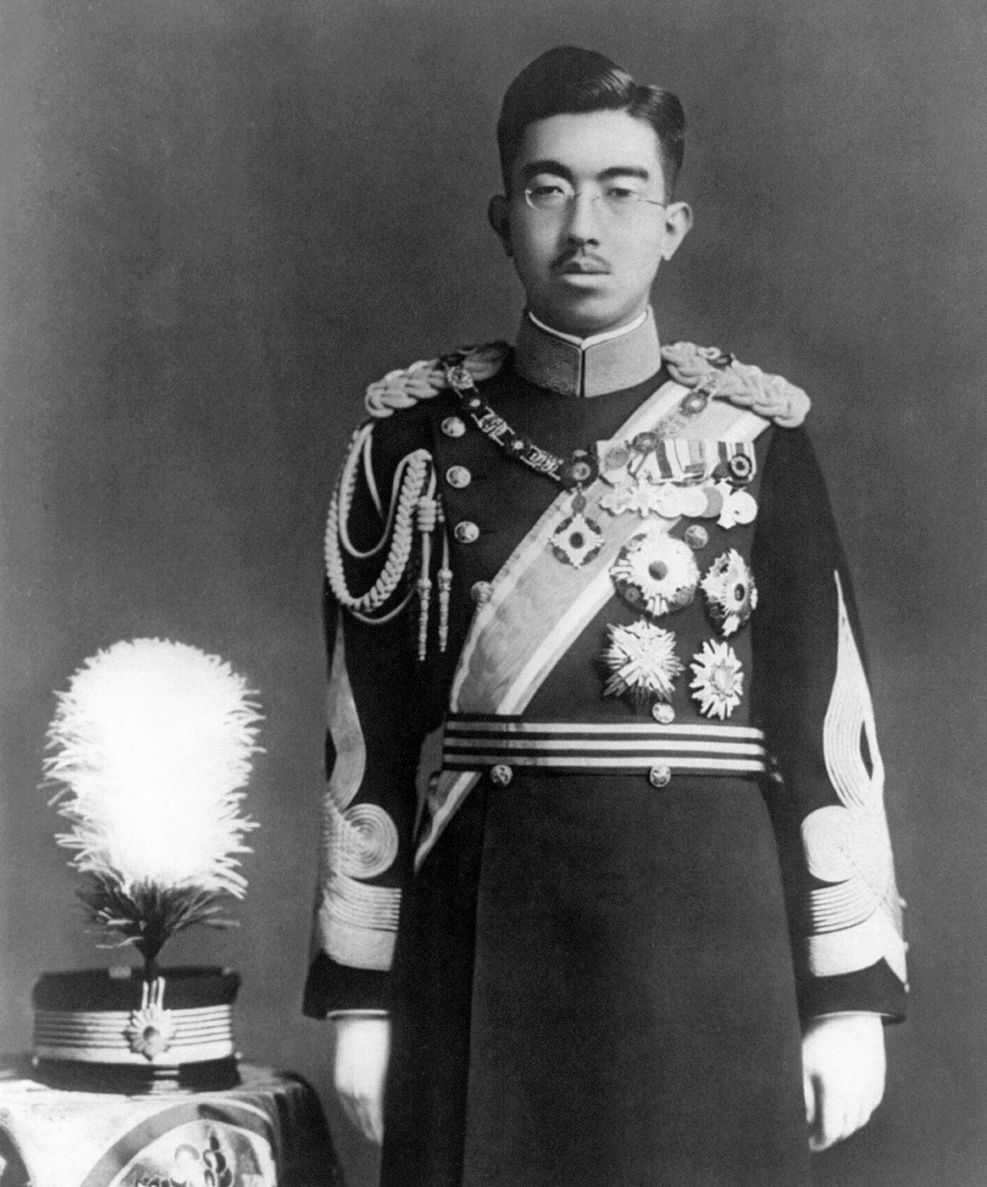
Editor's Note: In February 1947, this essay, attributed to Secretary of War Henry Stimson, was published in Harper's as a defense of the decision to use the bomb. We reprint this with the permission of Harper's.

Editor's Note: In February 1947, this essay, attributed to Secretary of War Henry Stimson, was published in Harper's as a defense of the decision to use the bomb. We reprint this with the permission of Harper's.

Editor’s Note: David Dean Barrett is a military historian specializing in World War II and is the author of 140 Days to Hiroshima: The Story of Japan’s Last Chance to Avert Armageddon, in which portions of this essay appeared.

As the Allied armies closed in on the German capital in 1945, the complications for ending the war in Europe paled, in comparison with the difficulty of forcing a Japanese surrender. For the Japanese military, the concept was unthinkable, a state of mind confirmed by the hundreds of thousands of Japanese servicemen who had already been killed, rather than giving up a hopeless contest.
The great popularity of the new movie Oppenheimer reveals the enduring fascination with the atomic attacks on Hiroshima and Nagasaki seventy-eight years ago.
In this issue, we look comprehensively at the use of those weapons and the struggle to end the war in Asia, which many people don't realize caused well over 20,000,000 deaths, mostly of civilians, and more than 100 times the horrific toll of the atomic bombs. (See “Counting All The Dead” here.)